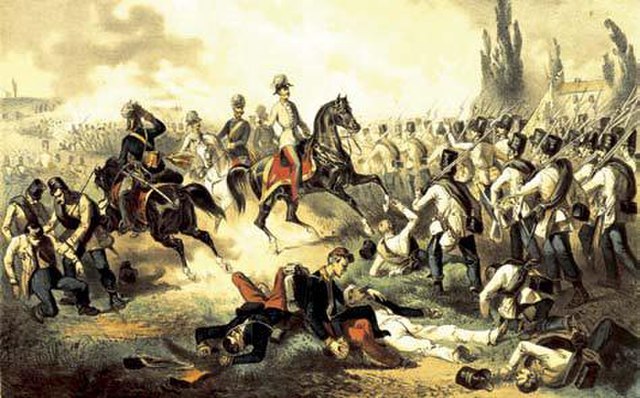The emperor of Austria was the ruler of the Austrian Empire and later the Austro-Hungarian Empire. The hereditary imperial title and office was proclaimed in 1804 by Francis II, Holy Roman Emperor, a member of the House of Habsburg-Lorraine, and continually held by him and his heirs until Charles I relinquished power in 1918.
Imperial Crown of Austria
Crown Jewels of Austria
Emperor Franz Joseph I and his great-grandnephew and second-in-line to the throne Otto von Habsburg, in 1914
Image: Francis II, Holy Roman Emperor by Friedrich von Amerling 003
The Austrian Empire, officially known as the Empire of Austria, was a multinational European great power from 1804 to 1867, created by proclamation out of the realms of the Habsburgs. During its existence, it was the third most populous monarchy in Europe after the Russian Empire and the United Kingdom. Along with Prussia, it was one of the two major powers of the German Confederation. Geographically, it was the third-largest empire in Europe after the Russian Empire and the First French Empire.
Greatest extent of the Austrian Empire (1846–1859)
Karl von Schwarzenberg and the monarchs of Austria, Prussia, and Russia after the Battle of Leipzig, 1813
The Battle of Komárom during the Hungarian Revolution, 1849
Austrian Emperor Franz Joseph with his troops at the Battle of Solferino, 1859








